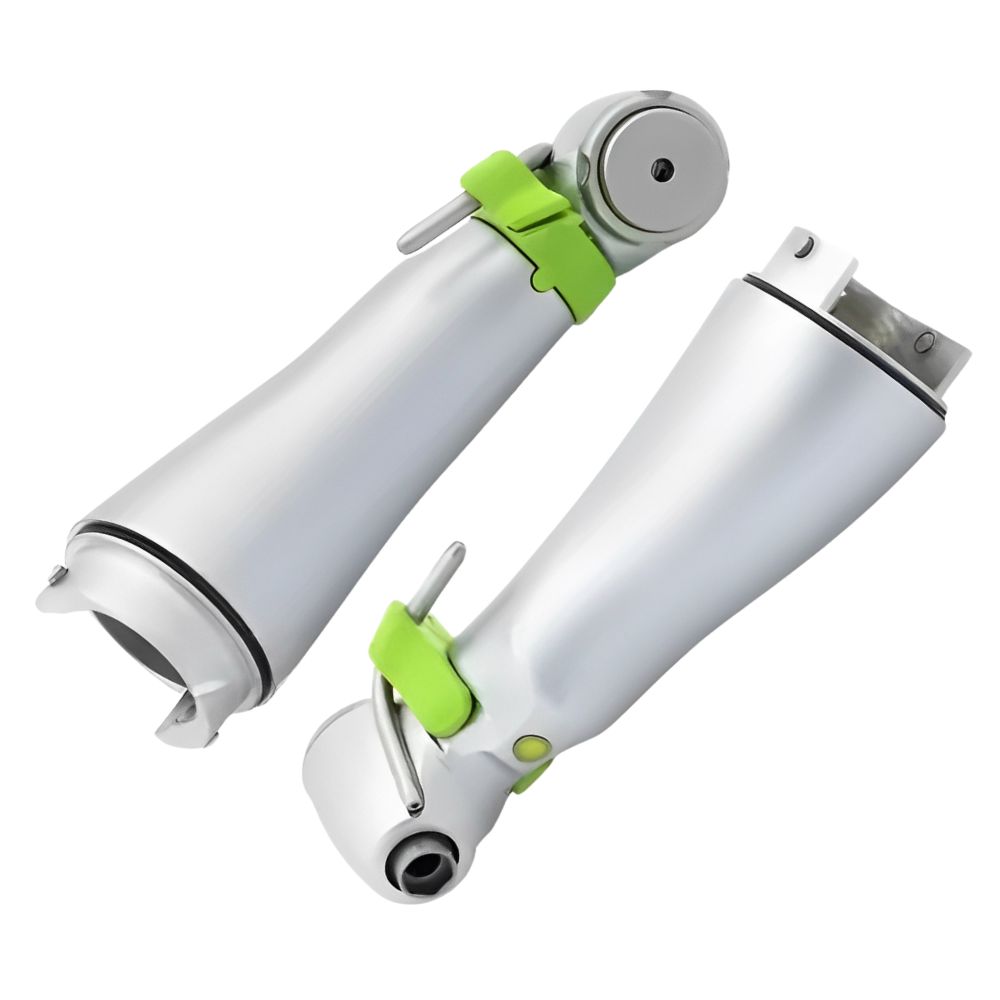What is the Difference between Carbide and Diamond Burs
Carbide Burs vs. Diamond Burs
Carbide Burs vs. Diamond Burs. Dental burs are essential rotary cutting instruments used in various dental procedures, from cavity preparation to crown reduction. Among the many types available, carbide and diamond burs are the most commonly used, each with distinct characteristics and applications. This comprehensive guide explores their differences, advantages, disadvantages, and specific use cases to help dental professionals make informed decisions about their instrumentation.
Material Composition and Manufacturing
Carbide Burs

Diamond Burs

Performance Characteristics
Cutting Mechanism of Carbide Burs:
Cutting Mechanism of Diamond Burs:
Pros and Cons
Carbide Burs
Diamond Burs
Specific Applications and Best Uses
Carbide Burs Best Used For:
Diamond Burs Best Used For:
Maintenance and Care
Carbide Burs
Diamond Burs
Factors Affecting the Choice of Bur
Conclusion
F.A.Q.
Carbide burs are cutting tools with bladed edges made from tungsten carbide, while diamond burs have surfaces coated with diamond particles that grind rather than cut.
Carbide burs have visible flutes (cutting edges) and a metallic appearance. Diamond burs have a sparkly or matte appearance with no visible blades.
Diamond burs typically last longer when used on appropriate materials. Carbide burs can dull faster but are usually less expensive to replace.
Diamond burs typically work best at higher RPMs (20,000-50,000) while carbide burs can work effectively at lower speeds (5,000-20,000 RPM)
Both are used in dentistry. Diamond burs are preferred for enamel and porcelain preparations, while carbide burs are often used for cutting metal, removing old fillings, and finishing procedures.
For hobbyists, carbide burs are versatile for wood, plastic, and soft metal projects. Diamond burs are essential for glass, stone, or ceramic work.
Both types can be cleaned with ultrasonic cleaners or brush cleaning. Carbide burs should be dried thoroughly to prevent rust on the metal shank.
Always wear eye protection with both types. Carbide burs can create larger chips that fly farther, while diamond burs produce fine dust that requires good ventilation or respiratory protection.
Replace carbide burs when they become dull (cutting becomes difficult or requires more pressure). Diamond burs need replacement when they lose their abrasive particles or become smooth.










